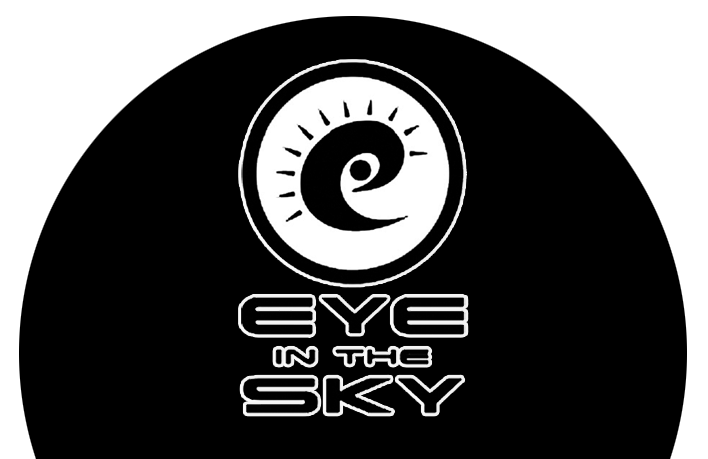UNDERSTANDING EXPOSURE
UNDERSTANDING EXPOSURE
An ‘exposure’ refers to the amount of time it takes for your cameras recording method - film or digital CCD - to capture or expose the light radiating off your subject. This is measured in multiples or fractions of a second. For instance it could be 40 seconds or more to record the paths of stars at night, or a 1 second exposure to make water appear to be moving in a waterfall shot, right up to 1000th’s of a second to freeze a bird in flight.
A typical daytime exposure could be 500th of a second. A nighttime ‘time’ exposure could be 40 seconds or more. If your camera is set on A - Aperture Priority, S - Shutter Priority, or P - Programme, then the work is done for you. Your camera is working out the best or average exposure based on these settings.
Three things govern exposure, and the camera can be set to do all this automatically, or your can control them manually. Your camera measures exposure in + or - EV (Exposure Value), which is the equivalent of an aperture (.f) click or stop.
1. Your aperture governs how much light enters the camera.
2. Your shutter determines for how long.
3. The light radiating off your subject.
Aperture Priority - when you set the lens aperture and the camera controls and selects the best shutter speed.
Shutter Priority - when you set the shutter speed and the camera controls and selects the best aperture.
Programme - when the camera controls both aperture and shutter.
Manual - when you override any of these automatic settings and choose your own exposure. For instance you may find that you need more light for a night shot than the 40 seconds that the camera indicates, so you could choose a 2 minute exposure or more.
But what say you want to quickly change the exposure whilst looking through the viewfinder, without having to take your eye away and reset your controls? Note the header mage of the two PC12’s at sunrise. I underexposed this so the sun would not dominate and make the aircraft silhouettes.
1. Using the Auto-Exposure Override Button (AE), or Exposure Compensation.
To use this you simply press and hold it while you reframe to shoot your planned scene. This is useful when shooting against snow, as the meter will go nuts and think you are wanting snow detail, when really you want to show the details of your subject against a snow background. Here you zoom in and focus on the subject, hold the AE button, then pull back, reframe (still holding the button) and shoot the entire scene. This way the camera records it as you see it, that is, recognisable subject against white snow. If the camera did its own thing, the face would be black.
2. Using the + or - adjustment to increase or shorten the exposure by degrees of EV.
Often you may want to ‘Over expose’ to bring out subtle highlights as in the sheep (i), or to darken areas. This lets less light into the camera, so a slightly shorter exposure. by say 1EV This darkens the image and allows the backlight around the sheep to be more defined.
All photography and text © Jon Davison 2021
BACK TO MAIN MENU


























